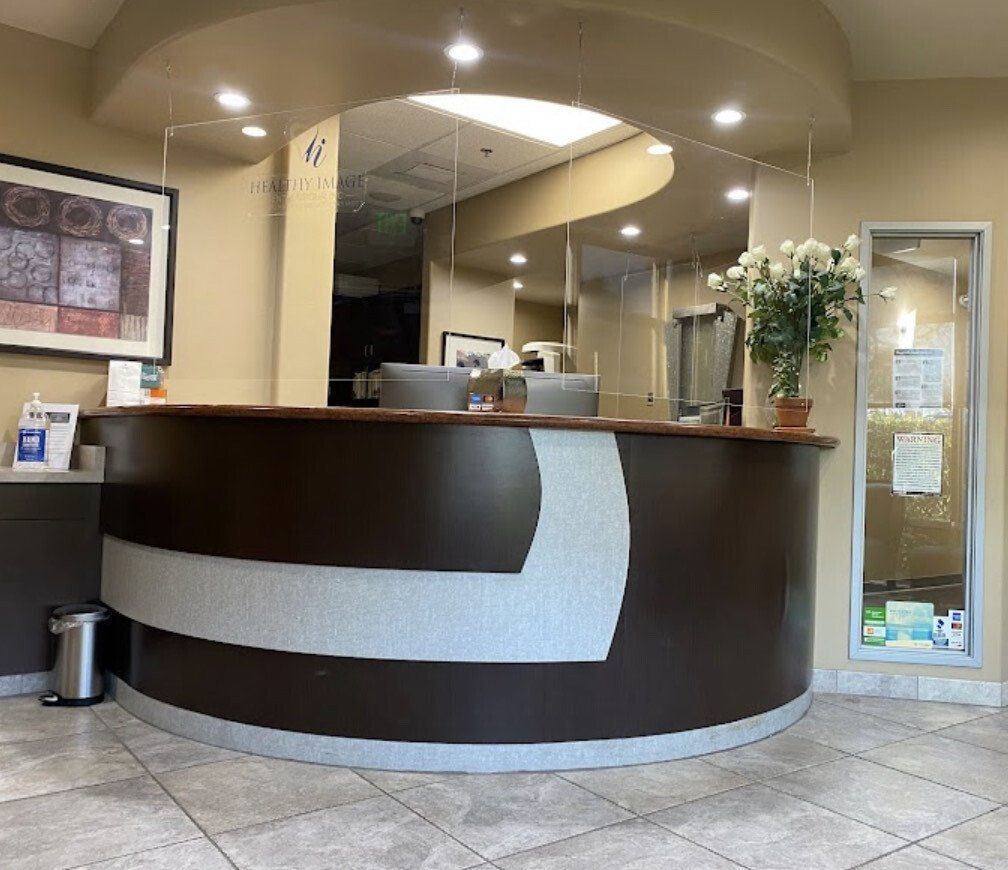Endodontics
Endodontics or Root Canal Therapy
Our primary goal is to save your natural teeth whenever possible. Our practice specializes in Endodontics, commonly referred to as root canal therapy. Endodontics is the treatment of the pulp and surrounding tissues of a tooth. When root canal therapy is performed the pulp chamber of the tooth is removed and then filled with a suitable filling material. Root canals are most often necessary when decay has reached the nerve of the tooth or the tooth has become infected. People have anywhere from 1 to 4 canals in a tooth. Extra canals may branch out and are called “accessory canals.” The number of canals and anatomy of a tooth can vary. The word “endo” comes from the Greek language and means “inside” or within. Endodontists work with the “inside” of a tooth.
Endodontic Re-Treatment
Occasionally a tooth that was treated months or years ago may develop new problems. In some cases, a tooth that has received endodontic treatment fails to heal or continues to have pain. You may have another chance to save the tooth with a second endodontic procedure.
Endodontic or Apical Surgery
In some cases, it may be necessary to remove the infected root tips or apex and the nearby tissue. This is known as an apical surgery or an apicoectomy. The area around the apex of the tooth that is infected is cleaned, and the tip of the root is resected and sealed. Sutures are placed and an ice pack is applied. Medication is prescribed to help alleviate any pain or discomfort and it is best to plan to rest for the remainder of the day. Most patients will have some minor swelling and occasional bruising with some numbness.
Cracked Teeth
Symptoms of a cracked tooth are varied and may include pain when chewing, temperature sensitivity or pressure sensitivity or a combination of these. Because the pain often comes and goes, it can be very difficult to recognize what is causing the problem. It can sometimes even be difficult to identify exactly which tooth is causing the discomfort.
Even small movement of the cracked tooth pieces during chewing can cause irritation to the tooth’s pulp, which causes pain. Similarly, when the bite is released, the crack can close quickly, causing sharp pain. Over time, the tooth pulp will become damaged. As this happens, the tooth will hurt more consistently. Cracks can sometimes lead to infections in the pulp tissue and spread to the surrounding gum and bone.
Endodontic Microscopy
Benefits of Microscope Use:
1. Aides in Diagnosis and improves visualization of fracture patterns
2. Allows Doctor to have 3D visualization of tooth and root structure
3. Careful evaluation and magnification allows for more complete cleansing and disinfection of the root canal
4. The increased magnification (3x-30X) allows the Endodontist to access small, narrow canal opening without unnecessarily removing tooth structure
5. Increased Illumination
*CLOSED FOR LUNCH
12:00 PM - 1:00 PM
916.786.6431
| HOURS OF | OPERATION |
|---|---|
| Monday | 8:00 am - 5:00 pm |
| Tuesday | 8:00 am - 5:00 pm |
| Wednesday | 8:00 am - 5:00 pm |
| Thursday | 8:00 am - 5:00 pm |
| Friday | APPOINTMENT ONLY |
| Saturday | CLOSED |
| Sunday | CLOSED |

OUR LOCATION
576 N. Sunrise Ave Suite 140 Roseville, CA 95661
Healthy Image Dental Group, Inc.
576 North Sunrise Avenue Suite 140
Roseville, CA 95661
Office (916) 786.6431
Email: healthyimagedentalgroup@gmail.com
Copyright ©2024 Healthy Image Dental Group, Inc. All Rights Reserved. Designed by Beautiful Site Designz
